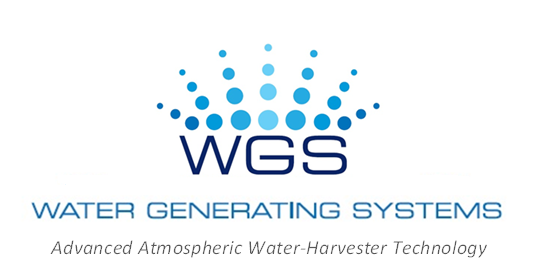MIT research is helping to identify a strategy to improve the water infrastructure in rural India. The goal is to develop sustainable water resources for the more than 900 million people who reside in these remote areas. India has made a concerted effort to improve water and sanitation, but the country’s poor infrastructure has prevented significant progress.
Read more here: Envisioning the future of water for 900 million people
